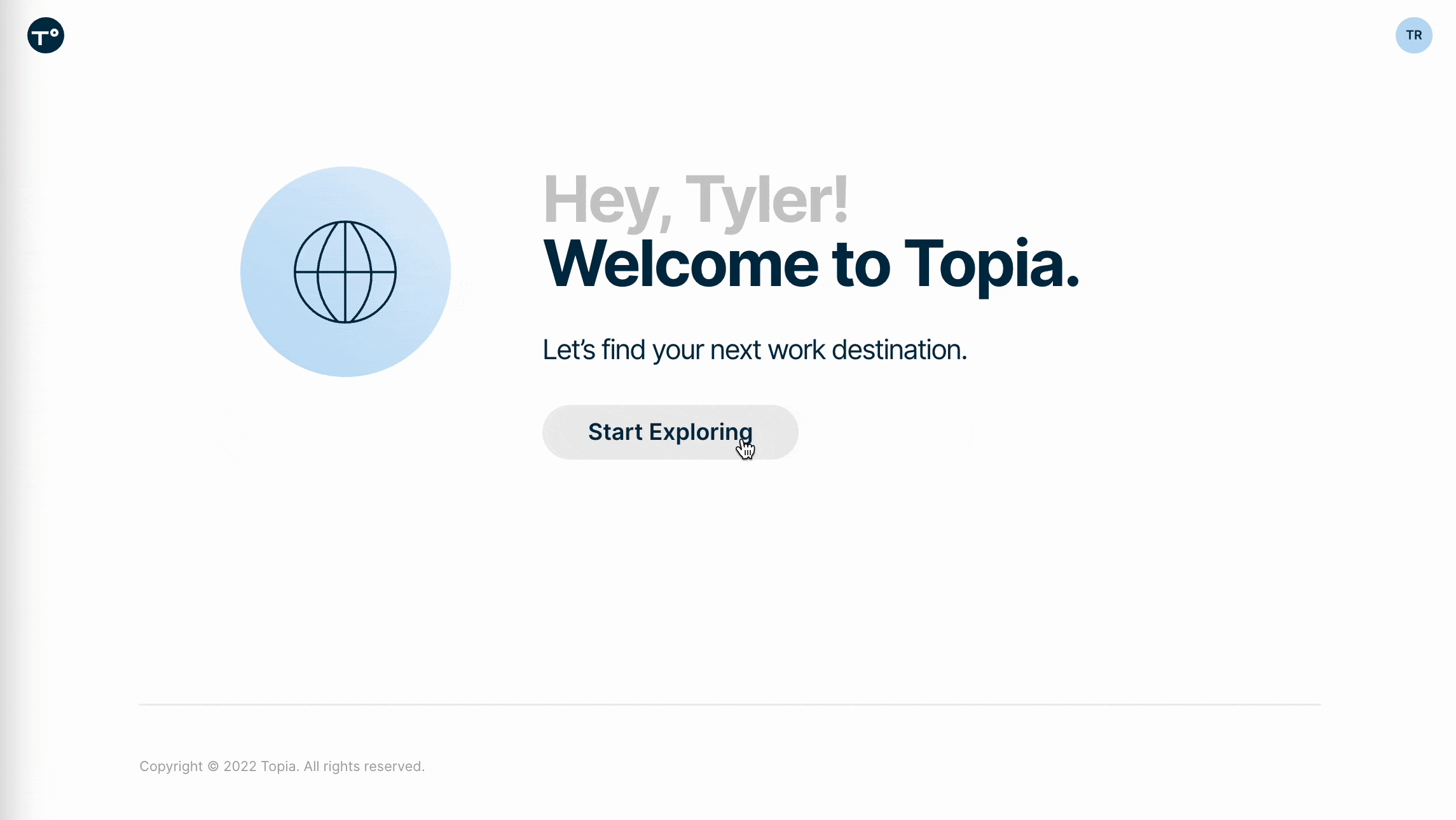
A look back at the Global Workforce Symposium
The Global Workforce Symposium (GWS), put on by WERC, is a global mobility event like no other. This year over 1,800 mobility professionals gathered to network, share expertise, and partake in some revelry at the Washington State Convention Center in Seattle. Topia was in attendance as an exhibitor and our CEO, Brynne Kennedy, participated on a panel for “Disruptors and Change Agents” moderated by WERC CEO, Peggy Smith.
While there were sessions for those looking to dive into specific topics covering everything from policy construction to immigration to corporate housing, the overarching focus for this year’s GWS was on the future of the mobility industry and how it plays into the future of work.
The symposium kicked off with a session by Seth Mattison, whose firm – Luminate Labs – helps leaders navigate the future of work. He highlighted the shift organizations are facing as they move from Hierarchical structures to Network structures. While Hierarchy provides security, stability, and clarity, there is very little freedom. Network provides freedom, but ambiguity and uncertainty as things move and change very fast. As an industry we must be on the lookout for five key shifts: technology, processes, experience, skill and an inner shift – as the things employees value about their work changes.
In global mobility we’re seeing these shifts play out in real time. New technologies for managing mobility programs are emerging at a rate never before seen. The demands and desires of today’s mobile employees are drastically different than those a decade ago, and the goals of mobility program are becoming more in line with talent strategy – for attraction, development and retention of employees.
Enabling these mobility shifts, or perhaps helping drive them, are the “disruptors” in mobility. In Peggy Smith’s session with four change agents – Susan Schneider, Erik Eccles, Rajiv Parikh, and Brynne Kennedy – the group discussed what inspires and drives change. For all four panelists the resounding answer was – customer need. As organizations embrace the changing nature of work their legacy mobility programs can’t keep pace. And instead of trying to pigeon hole mobility programs into doing the same thing, these change agents are listening to the customer – what do they need, what do they want? And it’s not just the mobility and HR teams that must be taken into consideration, but the employee as well.
Unfortunately for those proactive mobility teams making a change to your program, or investing in additional resources, new technologies or processes can often take convincing of the broader business. Thankfully Chris Debner lead a session where he broke down the key steps to get buy-in from a leadership team to make a change. The key, as he puts it, is the business case. A good business case gets you: buy-in, resources, investment, implementation support, and appreciation. To create a good business case one can follow this classic structure:
- The status quo (including risks and issues)
- External factors influencing the future (Trends, competitiveness)
- Suggested Objectives and approach
- Expected benefits (ideally including financial and people impact)
- Investment (capital and resources)
- The “Backup” slides: What happens if we do nothing
The business case succinctly highlights the need to change and the impact if no change occurs.
As the mobility industry continues to shift its focus and expand its remit, understanding the changing nature of work and how to navigate it will be crucial for mobility practitioners. Thankfully, the Global Workforce Symposium continues to be a great resource for doing just that. If you couldn’t make it to the symposium, consider reading Topia’s recent ebook on integrating mobility and HR.



